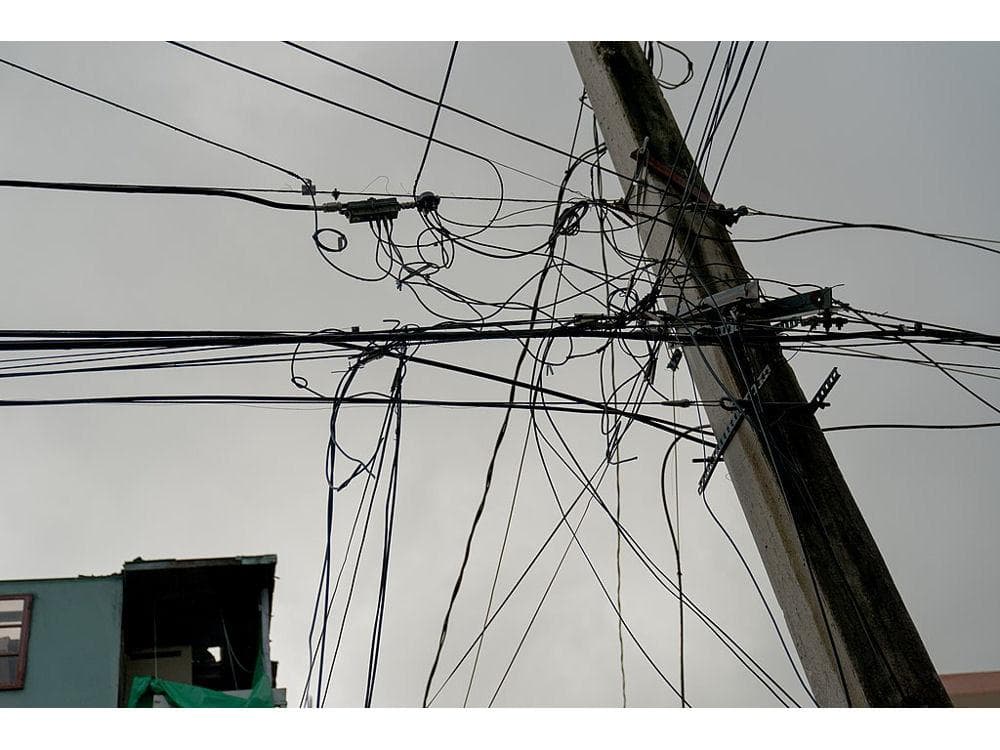The US electric utility grid has typically operated at a load factor of approximately 40% of peak demand. US utility scale generating capacity in 2023 was 1,141 GW, of which 341 GW were renewable generation. The nominal annual potential generation from this generation fleet would be 9995 TWH (1141 GW * 8760 hrs/yr). However, 252 GW of the generating capacity consisted of intermittent renewables with a capacity factor of approximately 30%, reducing the expected total annual generation potential to approximately 8,450 TWH. Therefore, the actual load factor on the grid was approximately 47%.
The Administration’s intent to transition the US energy economy to “all-electric everything” would require a rough tripling of electric generation and of the capacity of the electric grid. However, achieving an additional 17,000 TWH of generation potential with intermittent renewables would require installation of approximately 6,000 GW of additional intermittent renewable generation plus the storage capacity required to render the intermittent generation dispatchable.
The additional intermittent generation capacity required is sensitive to the round-trip efficiency of the supporting storage. Current battery storage has a round-trip efficiency of 90+%. However, Green Hydrogen storage has a round-trip efficiency closer to 50%, which would require additional generation capacity to compensate for the higher round-trip energy losses.
Significant reductions in the required expansion of grid capacity would be possible if the load factor on the grid could be increased by shaping the grid demand profile. However, it is unlikely that the grid load factor could be increased beyond 60% without significant disruptions, such as rotating blackouts and the activation of virtual powerplants. Utilities and regulatory commissions have attempted to use tools such as demand-side management, time-of-day rates, demand charges and interruptible rates to shape grid demand profiles, with limited success.
US DOE has produced a document entitled “Decarbonizing the U.S. Economy by 2050: A National Blueprint for the Buildings Sector” which outlines several approaches to shaping the electricity demand profiles for the buildings sector. No such document has been produced for the other sectors of the economy, particularly the industrial sector, in which massive transitions from direct fossil fuel end uses to electric end uses would be required to occur. In many cases, the required electric end use technologies do not currently exist or are in their infancy.
There is also no blueprint for the transportation sector, particularly medium and heavy-duty trucks and railroads. Commercialization of EV medium and heavy-duty trucks is in its infancy. There is significant concern about vehicle range and about the increased vehicle weight and its effect on allowable cargo loads. There is also interest in Green Hydrogen as a medium and heavy-duty truck fuel, although its cost appears to be prohibitive.
Passenger rail and light rail electrification is an established technology for densely populated inter-urban transportation corridors and urban mass transit. However, electrification has not been applied to long-haul freight operations, which involve both longer distances and much heavier loads.
The data on which this analysis is based may be found in the following tables in the EIA Annual Energy Outlook 2023.
Table: Table 9. Electricity Generating Capacity
Table: Table 10. Electricity Trade
Table: Table 16. Renewable Energy Generating Capacity and Generation
